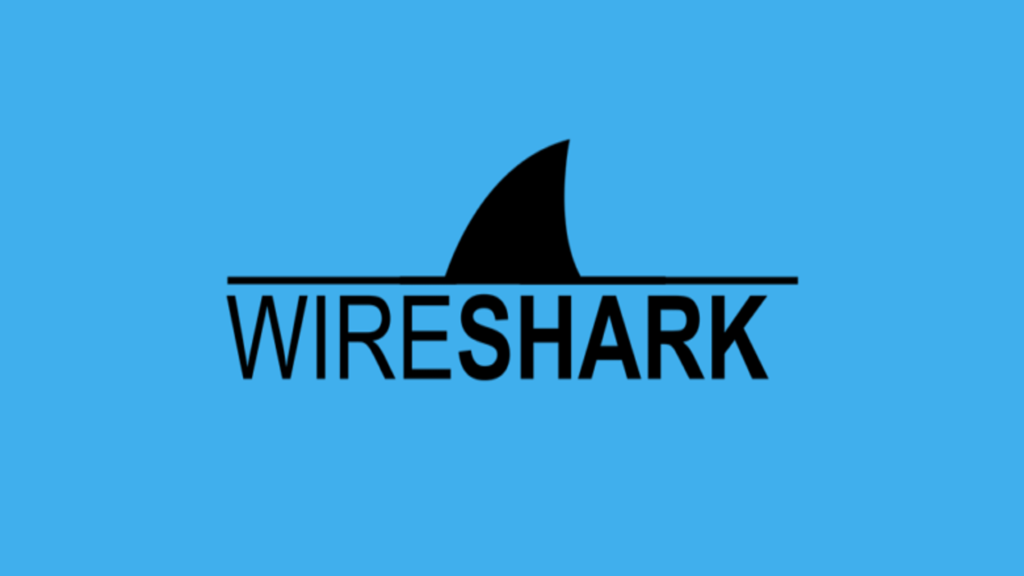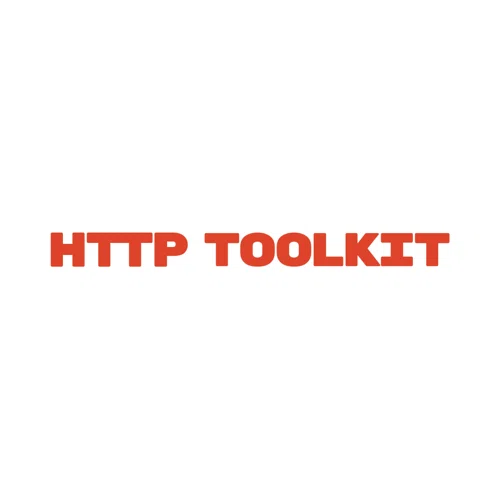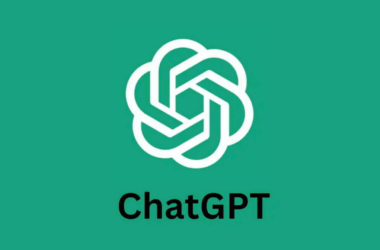In the ever-changing arena of Web development and Web Debugging, a good collection of tools can make your life a great deal easier. The web debugging proxy Fiddler has been proven to be a really good tool and has garnered a great reputation but you might just want to see if there are any options that do something a little extra . We will wade through a variety of Fiddler alternatives and see what each one has to offer in terms of features, limitations, and where it fits into the special niche it is designed to inhabit.
Features And Limitation Of Fiddler

This isn’t to say Fiddler isn’t without limitations. Some of these include issues potential issues with SSL decryption, configurations required to seamlessly capture these secure requests, a high learning curve, potential resource-heavy operations, platform dependency, and limited support of mobile traffic analysis:
Fiddler features
- Traffic Inspection – Fiddler enables developers to inspect and analyze HTTP and HTTPS traffic between a computer and the web. It also provides a detailed breakdown of the contents of requests and responses.
- Request and Response Modification – From the earliest days, Fiddler has supported modifying both inbound and outbound HTTP traffic. As a result, it’s the perfect tool for testing and troubleshooting different scenarios on-the-fly.
- Session Recording – One of the most valuable features of Fiddler is the ability to archive sessions. This makes it easy to review requests (and responses) and replay them, which can be invaluable when attempting to isolate and troubleshoot complex issues
- Performance Testing – Fiddler can be a great aid in performance testing. By simulating different network conditions, you can see how an application performs in different scenarios.
- Scripting Support – Fiddler supports custom rules and extensions. These are written using JScript.NET, which makes it easy to write scripts to automate tasks and extend the too.
Fiddler Limitations
- SSL Decryption Challenges: Fiddler may struggle to decrypt SSL traffic, particular when working with applications that use advanced security measures.
- Learning Curve: Fiddler’s extensive feature set could be challenging for newcomers. Learning Fiddler takes time and requires familiarity with the many functionalities
- Resource Intensive: Fiddler is resource intensive and can have a significant impact on system performance when capturing and analyzing a high volume of traffic, especially on less powerful machines
- Platform Dependency: Fiddler is primarily designed for Windows environments which could limit its usability for developers who work in macOS or Linux systems without some workarounds.
- Limited Mobile Support: Fiddler has some support for mobile device traffic, however, configuring it to capture and analyze mobile specific data can be more complex than easier compared to desktop environments.
What Sets Fiddler Apart
The thing that sets Fiddler apart from the crowd is its incredible flexibility; this is a web debugging proxy that can adapt to the special requirements of development teams of any size. This is a solution that happens to also be equally adept at capturing and dissecting both HTTP and HTTPS traffic – ensuring developers can get to know every request and response in exacting detail.
Not content with merely capturing traffic, Fiddler can also let developers ‘fiddle’ with requests and responses on-the-fly, screwing with the data in real-time to refine down to the root cause of an issue, or test out different what-if scenarios. Its ability to not just debug current sessions, but to also asynchronously record and archive sessions makes it ideal for users that want to perform some retrospective debugging, or the ‘what was happening last Wednesday at 3pm?’ type analysis. With built-in scripting support, Fiddler also lets users take the solution out-of-the-box, and extend it to solve their own unique web debugging problems or indeed automate key tasks.
In short, Fiddler is a feature-rich, best-in-class solution that sets the standard for developers on the hunt for an all around awesome web debugging experience.
The Need for Fiddler Alternatives

As the technology landscape continues to change and as developers encounter specific constraints, participate in specialized use cases, or respond to changing team dynamics, the need for fiddler alternative becomes more pronounced as part of the overall web development workflow.
1. Evolving Technological Landscape
The fast-paced world of web development is arguably the most crucial sectors for staying abreast of technological advancements. In many cases, Fiddler, while a staunch industry favorite, has been known to fall behind when it comes to the latest and greatest in emerging technologies, frameworks, and coding practices. Consequently, developers frequently turn to fiddler alternative that are more compatible, support bleeding-edge tools and require less fidgeting to get up-and-running.
2. Addressing Specific Limitations
Fiddler, like any tool, comes with a very specific set of limitations. These constraints could include everything from tricky SSL decryption to a steep learning curve for new developers, let alone his typical platform dependencies etc. Developers often need fiddler alternative that will zero specifically in on these limitations, offer solutions to exact pain points experienced with Fiddler, or provide a more refined debugging process wrt to a developer’s specific needs.
3. Specialized Use Cases
The many facets of developer life continue to diversify unbounded. Such is the case with so many workflows born of developers across industries and projects with utterly specialized requirements that Fiddler alternative just can’t touch with a ten-foot pole. Ultimately, however, once a developer is in need of a tool — not to mention one with features or use cases developed specifically for mobile app development, API testing or network protocol analysis — she must find an fiddler alternative.
4. Changing Team Dynamics
All modern software development centers around collaboration. In an era unbounded by agile methodologies and cross-functional teams, the dynamics of collaboration are ever-changing. It could be that a team has discovered that Fiddler alternative feature set just isn’t meshing that well with it’s deeply-entrenched collaborative workflows let alone project management tool. Consequently seeking any potential fiddler alternative is essential and chiefly serves to serve to ensure that the chosen fiddler alternative does so, that it complements the team’s collaboration and actually enhances productivity on the whole.
Commonly Used Fiddler Alternatives For Web Debugging

As you can see, the web debugging landscape is vast, and the right fiddler alternative out there will be down to your preferences and project requirements. Each of the options listed above presents a different set of functionality, and may be more valuable in different contexts where you may be taking on different kinds of projects. Nonetheless, all of the choices in this article do provide a set of features that can push what can be a valuable tool into something which is quite specialized and necessary to the web developer. That leaves the most used Fiddler alternative with some very clear primary differences.
1. HTTP Toolkit
HTTP Toolkit is a new and powerful fiddler alternative to the web debugging tools devs are used to settling for, and with deep, real-time analysis it gives you a comprehensive toolbox to analyze and optimize your HTTP traffic, it’s all built around clear attention to how we like to work. Watch the real requests and responses as they happen, take a peek inside each one and examine everything with ease.
The difference is power, as HTTP Toolkit doesn’t stop at basic visualization: there’s an array of tools built in for manipulating requests or responses, even for full SSL interception, for getting a full stack trace to understand how your backend responded, marshalling that json data, and, for tracking down how connection caching behaves to root cause what’s causing those niggling periodic connection-lagged moments.
There’s no other tool with this reach and HTTP Toolkit has wrapped all of it up in an interface that’s a pleasure to use, so for your last-world problem of “why is our user load balancing code pushing us to different data centers”, HTTP Toolkit is all smiles, and then again for “We just have to ensure we’re actually communicating securely” HTTP Toolkit has just made that achievable for the rest of us. HTTP Toolkit has just been released in beta, so there’s no better time to give it a try, join hundreds of other devs that are already using it to shrink down their debugging time and join them in making your debugging process breathtakingly accurate.
2. ClickUp
Not just a typical lineup of web debugging tools, ClickUp actually doubles as a robust project management suite that provides a solution for developers who need to debug, while tracking progress of tasks and manage their time all at the same time. sua chua chau rua bat ClickUp’s features have turned it into an all-encompassing solution for teams who want to take an integrated approach to project management and debugging.
3. GitHub
GitHub lucked out on its unique UX blend, combining version control workflow and debugging directly from your editor with appeals to developers. The result: collaborative code review that smoothes the wheels on a crucial part of the development process. Add in a little issue tracking, and every part of it is very nearly perfect. Open-source developers in particular seem to appreciate the way GitHub brings everything they need to plan, code, and ship software together at last, in one place.
4. Instabug
Instabug goes for an in-app feedback and bug reporting approach, different from the competition. Built to let developers capture user feedback right within their Android and iOS mobile apps, Instabug makes investigating and fixing issues easier than ever before, it says, which is crucial in a mobile app development landscape where understanding and dealing with the issues that mobile users face can make all the difference
5. Wireshark
Wireshark shines in network protocol analysis, empowering developers with unmatched insights into what’s slewing in out data traffics. Though not a direct Fiddler alternative replacement, Wireshark specializes in network-level debugging, and is far more proficient for specific use cases. To this end, developers needing the most granular view of their network packets and protocols will find Wireshark to be a priceless addition to their toolkit.
6. Charles Proxy
Charles Proxy is known for its user-friendly interface, one that’s particularly adept at simplifying the process of web debugging. Its flexibility in handling HTTP traffic leverages features Hollerith widespread adoption from developer Stanstead the Html unit perception of a seamless debugging experience, spouses of which may find it to be exactly the type of sprawling tool sprawl that FIddler alternative had the potential to become. With SSL Proxying, Autoconfig, and Breakpoints, users are guaranteed a debugging environment that’s as comprehensive as it is user-centric.
7. Chrome DevTools
The Chrome browser comes equipped with its very own Chrome DevTools, a built-in debugging environment that offers users the ability to interactively and in real-time debug JavaScript, CSS, and all things in between. As a result, it doesn’t deliver the same type of standalone functionality as FIddler alternative but, when working within the Chrome ecosystem, it’s hard to find a tool that’s better situated for the job. DevTools is made to be used within the browser, offering a favorite and recognizable point of use for a product that doesn’t require comparison otherwise.
8. Jira
It’s difficult to beat how JIRA integrates issue tracking and debugging, making it painless for teams to go from identifying bugs to tracking the progress of getting them resolved, and enabling collaboration at each step of the way. Solid features like this meant JIRA was our top contender for project management tools that offer robust features for debugging workflows.
9. Postman
Postman is nothing short of a beast when it comes to API development. It’s collaborative workspace for designing, testing, and documenting APIs can make any size API a breeze to work with. That kind of user-friendly experience combined with everything else Postman offers makes it a top pick for devs focusing on building maximum robust APIs. And, when it comes to the overall API development process, it’s tough to beat the collaboration and increased efficiency that Postman’s broad toolset brings to the table.
10. Monday.com
Monday.com’s work OS takes a full-fledged way of addressing project management and debugging, offering a completely visual and collaborative platform for teams handling tasks and debugging projects with ease. This ability to blend feature sets that keep project management and debugging simplified makes Monday.com a powerful contender that can work as a singular option for any team.
Factors To Consider While Choosing The Perfect Fiddler Alternative

When evaluating a Fiddler alternative that is an effective complement to your existing development ecosystem, selection should be based on five critical factors that ensure the right tool is not only selected to meet immediate debugging needs, but that it will be one that slots easily into the workflow of the team, and the team’s aspirations in the longer term.
1. Integration and Compatibility
In order for a potential fiddler alternative to be worth any time at all, it needs to work seamlessly with the technologies, frameworks and tools currently gaining mindshare on the team’s projects. Any stoppage time should be from a bug in the code, not a hiccup in a tool’s ability to integrate into certain tech stacks. The tool should make its home quickly and painlessly, without extending the learning curve; and should not be an obstacle to achieving what’s most important to many developers: writing and debugging code.
2. UI/UX
While UI/UX may not be the first thing that developers think of when discussing their development workflow, it certainly plays a role. If a tool is not intuitive, developers will lose time having to learn how to navigate through the various sections and simply find what they’re looking for. An effective Fiddler alternative does not mimic this, and ensures that the developer is spending his or her time locating bugs, not learning a new tool.
3. Feature Set
The feature set tends to be where developers get tripped up if they haven’t evaluated a potential Fiddler alternative comprehensively. This is about ensuring the tool not only meets and enhances their current debugging and development needs, but also their future ones. Full traffic inspection, the ability to modify that traffic in real-time, and a dedicated way to debug traffic all combine to create a comprehensive toolset. Developers should ensure the way in which they’re going to use these tool lines directly up with their team’s needs, providing a rich set of features that together will elevate their debugging experience.
4. Community Support
The strength of the user community around a given debugging tool is one of the best signal’s of it’s relevance and ongoing reliability. This should weigh heavily in the decision to favor fiddler alternative with an active and engaged user community. It’s this community that will not only be there to help you out when you run in to a problem, but that is creating tutorials for deals that are so new they can get complex so quickly, translating documentation not written in their language, and so one.
These displays of collective wisdom are exactly what has made Fiddler alternative such a durable and comprehensive tool flexible enough to work in a world where web development is getting more complicated everyday.
5. Pricing Structure
Given the above points, pricing structure is likely to a key consideration when considering any Fiddler alternative. Developers owe it to their team to take a rigorous look at the pricing structure of any potential fiddler alternative. They should ensure that it fits their team’s budget, but more importantly that it’s pricing structure is transparent and keeps the fine print to a minimum. A cursory examination of this, and a solid understanding of tool that developers will add to the edge of their pile, is all that’s required to understand if they’ll be the source of a cost-effective, long-term solution.
Many more costs are incurred outside the hull than within for these developers, to that end they should ensure they’re starting with a ground floor on pricing that makes inherent sense for their team.
Conclusion
Choosing a worthy Fiddler alternative is a critical need which calls for a thorough examination of compatibility, user experience, features, community support, and costs Knowing what needs to be improved would be quite beneficial Developers can do a profound matching of their debugging needs, selection criterias, and long term plans to create a productive development environment A strong community backing your choice communicates ongoing support, stability, and flexibility among its collection of features, especially during these transitional web development years.
The buying aspect of your acquisition should be apparent, biased to an open and honest program of pricing, and supportive of the way you do business Having laid out your selection and examination process that results in the matching of a Fiddler alternative that is perfectly married to your operation is the accomplishment that helps make your choice a valued member of your tool box.







